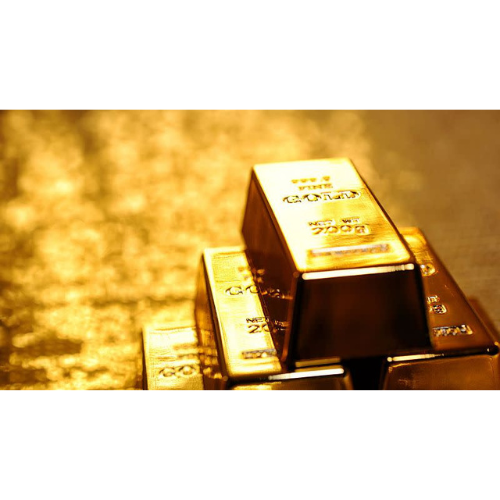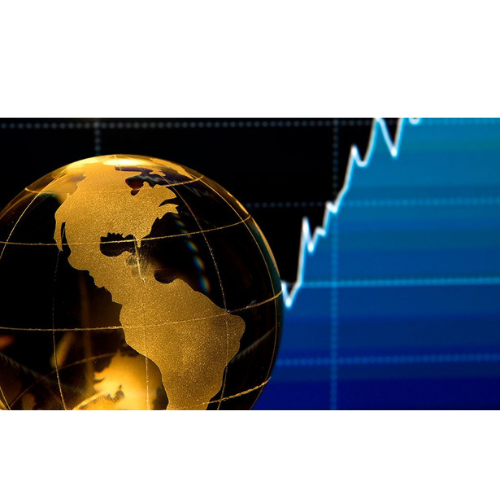Gold Nears $4,000: Is the World Hedging Against a New Economic Storm?
As global uncertainty intensifies, gold is once again proving its status as the ultimate safe haven. On October 6, 2025, the price of gold surged to an all-time high of $3,932.02 per ounce, inching closer to the symbolic $4,000 threshold. This historic rally is a signal that investors worldwide are bracing for deeper economic turbulence.
Why Is Gold Surging Now?
Gold’s recent rally is fueled by a perfect storm of economic and geopolitical factors:

- U.S. Government Shutdown Risk: The looming threat of a partial government shutdown in the United States has delayed key economic data releases, including the September jobs report. This uncertainty has rattled markets and pushed investors toward safer assets.
- Global Debt Concerns: Major economies like the U.S., China, and Japan are grappling with record-high public and private debt levels. As central banks struggle to balance inflation control with growth, gold becomes a hedge against potential currency devaluation.
- Inflation Persistence: Despite aggressive rate hikes in recent years, inflation remains sticky in many regions. Gold is traditionally seen as a store of value during inflationary periods.
- Geopolitical Tensions: Conflicts in Eastern Europe, trade disputes in Asia, and political instability in Latin America have added layers of risk to global portfolios.
Gold’s Role in a Shifting Economic Landscape
Historically, gold has served as a hedge against:
- Currency depreciation
- Stock market volatility
- Geopolitical instability
- Inflation and stagflation
But today’s surge suggests something deeper: a loss of confidence in fiat systems and central bank policy. With the U.S. Federal Reserve delaying key decisions and the European Central Bank signaling data-dependent moves, investors are seeking assets that transcend political and monetary cycles.
Gold vs. Other Assets: A Comparative Snapshot
| Asset Class | Performance (YTD) | Volatility | Investor Sentiment |
|---|---|---|---|
| Gold | +18% | Low | Strong Buy |
| S&P 500 | +12% | Medium | Cautious |
| Bitcoin | +25% | High | Speculative |
| Real Estate (US) | +6% | Medium | Neutral |
| Bonds (10Y Treasury) | -2% | Low | Bearish |

Gold’s low volatility and consistent upward trajectory make it especially attractive in times of uncertainty. Unlike equities or crypto, it’s not tied to earnings or innovation cycles—it’s tied to trust.
Analysts are divided on whether gold will break the $4,000 barrier in the coming weeks. Here are two prevailing scenarios:
1. Bullish Breakout
- If the U.S. government shutdown materializes and inflation data remains elevated, gold could surge past $4,000.
- Continued central bank dovishness would further weaken fiat currencies, boosting gold demand.
2. Short-Term Correction
- If political tensions ease and economic data surprises to the upside, gold may retreat to the $3,600–$3,700 range.
- Profit-taking by institutional investors could trigger a temporary pullback.
Regardless of short-term movements, the long-term outlook remains strong. Central banks around the world continue to accumulate gold reserves, signaling confidence in its enduring value.
What Should Investors Do?
For retail and institutional investors, gold’s rally presents both opportunities and challenges:
- Diversification: Allocating 5–10% of a portfolio to gold can reduce overall risk.
- ETFs vs. Physical Gold: Exchange-traded funds offer liquidity, while physical gold offers security.
- Watch the Dollar: Gold often moves inversely to the U.S. dollar. A weakening dollar could amplify gains.
It’s also worth monitoring gold mining stocks, which tend to outperform during bull runs in the metal itself.
Gold’s rise is a global phenomenon:
China: Facing a real estate crisis and slowing growth, Chinese investors are turning to gold as a safe haven.
Europe: With mixed economic signals and political fragmentation, gold demand is rising among institutional players.
Latin America: Inflation and currency instability are driving retail gold purchases, especially in Argentina and Venezuela.
This global appetite underscores a broader shift: trust in traditional financial systems is eroding, and gold is filling the void.
